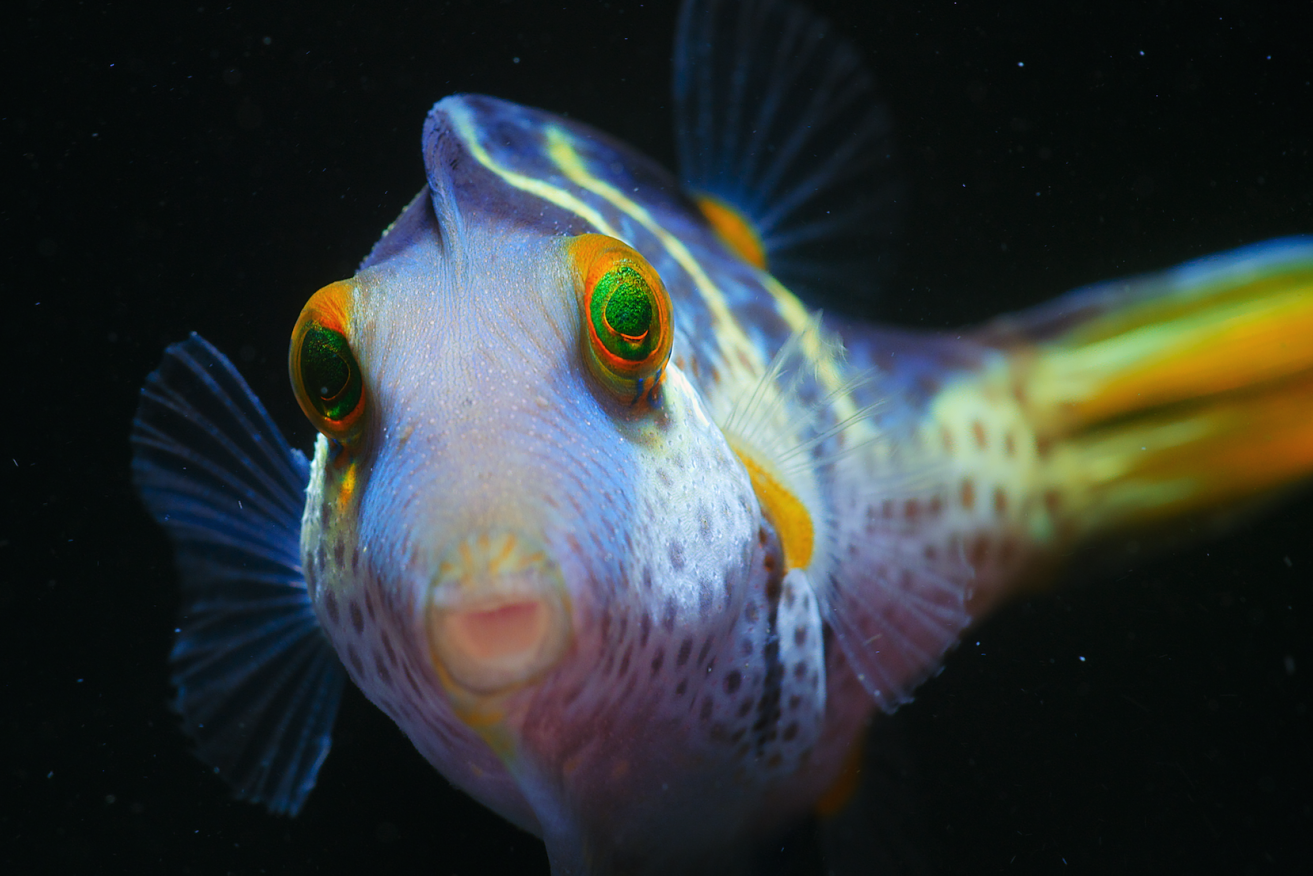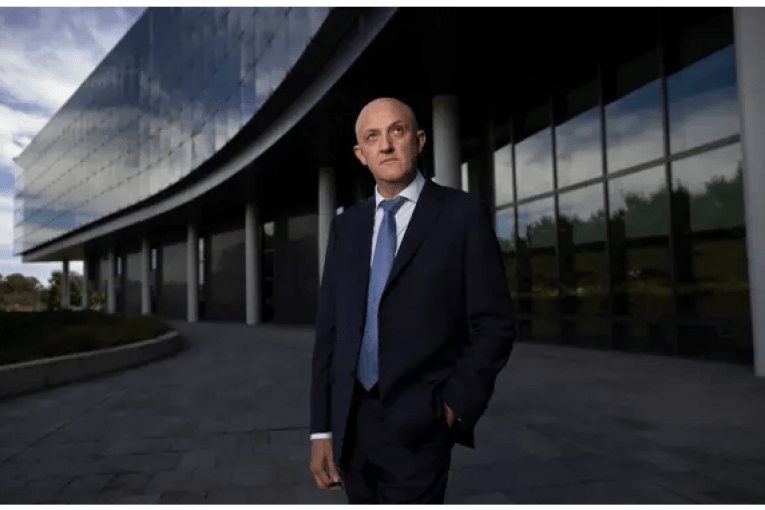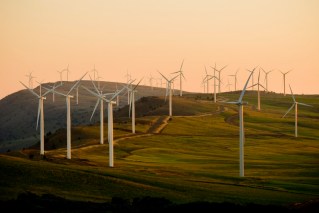The new Nemo? Stunning images show Reef, and puffer fish, like never seen before
A documentary available to be streamed globally from tomorrow will use new super-macro cinematic techniques to illuminate the microscopic detail of the Great Barrier Reef, and potentially turn a humble baby pufferfish into the new Nemo.


New microscopic photography techniques have shown the Great Barrier Reef in a never-seen-before light (Images: Supplied).
Netflix’s first Australian original documentary, Puff: Wonders of the Reef, showcases Queensland’s Great Barrier Reef as it’s never been seen before.
It follows the journey of a baby puffer fish, born smaller than a human fingernail, navigating its first year of life on the reef.

A diver comes face to face with the tiny pufferfish, which is smaller than a human fingernail. (Images: Supplied)
Using groundbreaking super-macro technology, the film also captures for the first time up-close and in breathtaking detail the reef’s micro-verse of creatures that are almost invisible to the human eye.
The hour-long feature documentary, produced by Wild Pacific Media and Port Douglas-based BioQuest Studios, is narrated by Australian actress Rose Byrne.
It has taken the combined work of scientists, cinematographers and documentary filmmakers to transport viewers into Puff’s tiny world and offer a glimpse into the magical microscopic biodiversity of the Great Barrier Reef.
BioQuest Studios spent 120 hours under water on the reef over eight months of filming and filmed simultaneously in four film studios to capture the early life of the 1cm-long Puff.
Cinematographer and Producer Pete West of BioQuest Studios said he was proud to highlight the natural marvels of his home state to Netflix’s global audience of millions.

“Puff: Wonders of the Reef has given us an opportunity to showcase just a small part of the incredible biodiversity of the Great Barrier Reef,” West said.
“We used cinematic techniques and macro motion control equipment developed especially for the film and for our work with the Australian Institute of Marine Science (in Townsville) and other Queensland marine research centres.”
Screen Queensland CEO Kylie Munnich said the Netflix nature documentary rounded out a huge year for local, interstate and international screen production in Queensland.
“Year to date in 2021, Screen Queensland supported a total of 37 films, series and games, generating almost $300 million in production expenditure and 3,750 Queensland jobs,” Munnich said.
“Screen Queensland is proud to support Queensland producers like BioQuest Studios, who film locally and engage our skilled and experienced workforce to create high-end productions right here at home for export to audiences worldwide.”
The hour-long feature documentary was supported by the Queensland Government through Screen Queensland’s Screen Finance Program.












